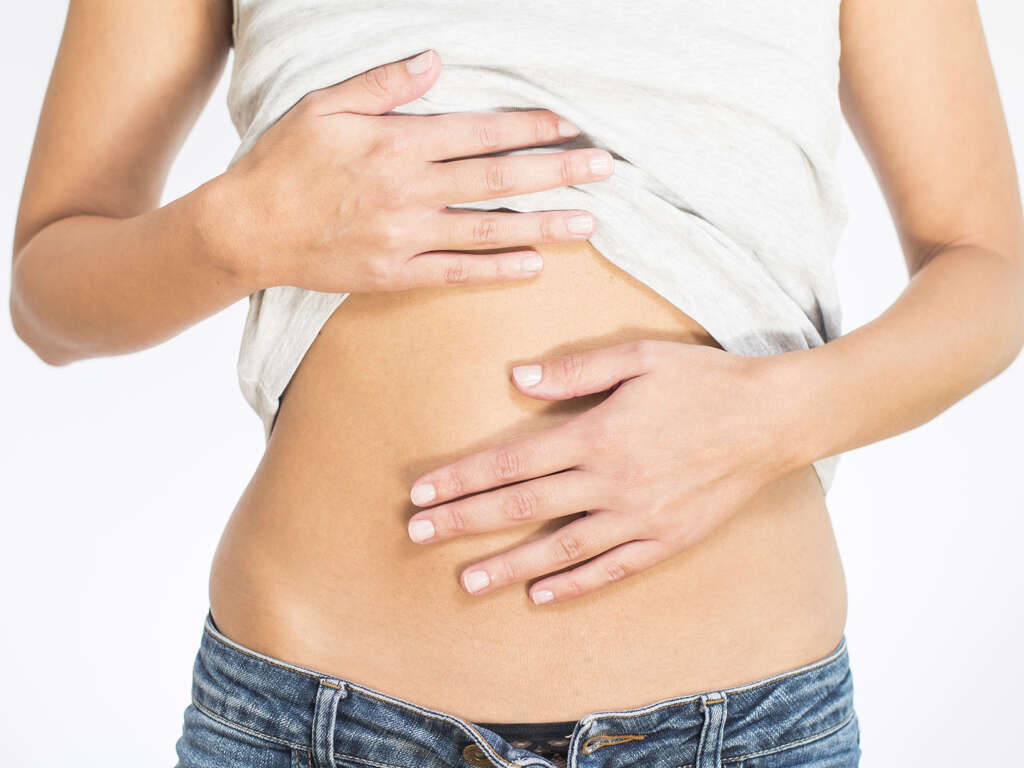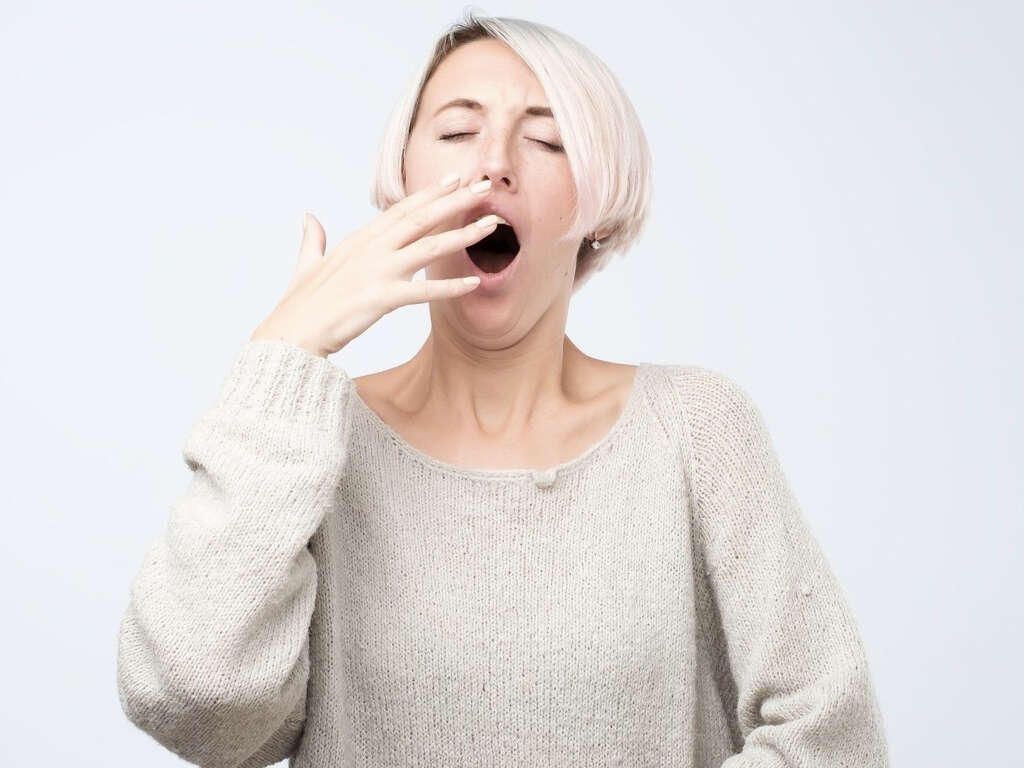10 Umbilical Hernia Symptoms
An umbilical hernia refers to the condition where part of the abdominal wall behind the umbilicus is damaged or weakened causing parts of the small intestine or abdominal fat to bulge outward. This bulge may be reduced (pressed back through the hole) and pop out when there is increased intra-abdominal pressure (such as during sneezing, straining, or lifting objects).
Umbilical hernias are estimated to account for 10 percent of all abdominal wall hernias. Some of the risk factors of an umbilical hernia include history of multiple pregnancies, ascites, obesity, and the presence of large tumors in the abdomen. Since umbilical hernias tend to be small and have a narrow neck, there is a higher risk of strangulation and incarceration.
Umbilical hernias can be generally divided into direct (symmetric protrusion through the umbilical ring) and indirect umbilical hernias (protrusion above or below the umbilicus). Direct umbilical hernias are usually seen among infants or neonates while indirect umbilical hernias are more common among adults. A distinction should be made between these two types due to the different treatment and management.
Symptom #1: Umbilical Pain
Umbilical pain occurs when the pain is felt around or behind the umbilicus or umbilical region. This region may contain a small part of the stomach, large intestine, small intestine, and pancreas. There are many disorders that can cause pain around the umbilicus. Examples include appendicitis, gastroenteritis, peptic ulcer disease, acute pancreatitis, and many more.
However, it should be noted that umbilical pain is the commonest symptom seen among patients with an umbilical hernia. It is estimated that approximately 44 percent of patients with an umbilical hernia experience pain at the umbilicus.
Symptom #2: Increased Pressure
Many patients also report having a feeling of increased pressure at the site of the hernia. This may be described as a feeling where there is a dull ache or a feeling of heaviness. This sensation may worsen when there is increased intra-abdominal pressure through activities such as lifting objects, sneezing, or coughing. Standing for longer periods of time or any other activity that places strain on the abdominal muscles can also exacerbate the sensation.
To decrease the pain associated with the pressure, individuals with an umbilical hernia are recommended to wear a binder or bind the site before going through activities that increase intra-abdominal pressure such as having a bowel movement.
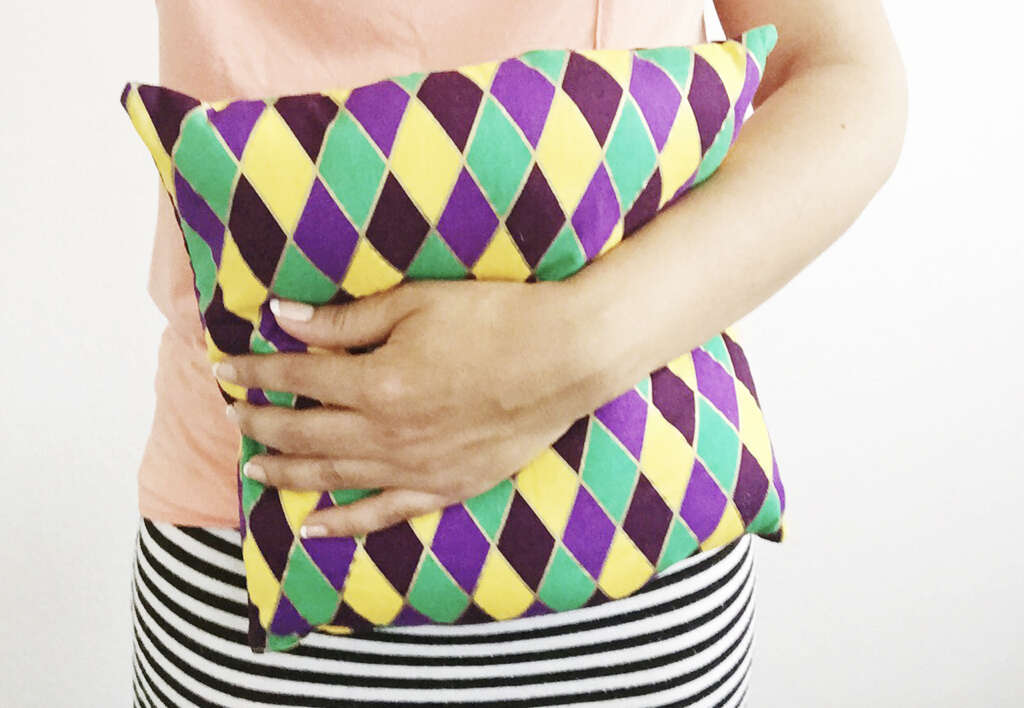
Symptom #3: Nausea
Nausea is an unpleasant and uncomfortable sensation where there is an urge to vomit. Despite not being painful, prolonged nausea can become debilitating as it places discomfort on the upper abdomen, chest, and back of the throat. Since it is a vague and nonspecific symptom, it can be seen in various conditions such as motion sickness, food poisoning, migraine, gastroenteritis, and more.
Nausea can be managed using antiemetics such as promethazine, metoclopramide, and ondansetron. In an umbilical hernia, nausea can be attributed to the pain or because the hernia is strangulated. This can be a life-threatening situation and warrants immediate medical attention.
Symptom #4: Vomiting
Vomiting is an involuntary expulsion of stomach contents through the mouth. Some vomit may also come out through the nose. It can be due to various ailments such as increased intracranial pressure, gastritis, gastroenteritis, and motion sickness. Antiemetics can be used to manage both nausea and vomiting. Vomiting usually occurs when the hernia is strangulated.
Other associated symptoms of a strangulated hernia include severe pain, nausea, fever, inability to pass gas or stools, and vomiting. It is important to seek immediate medical attention as a strangulated hernia is considered to be an emergency.
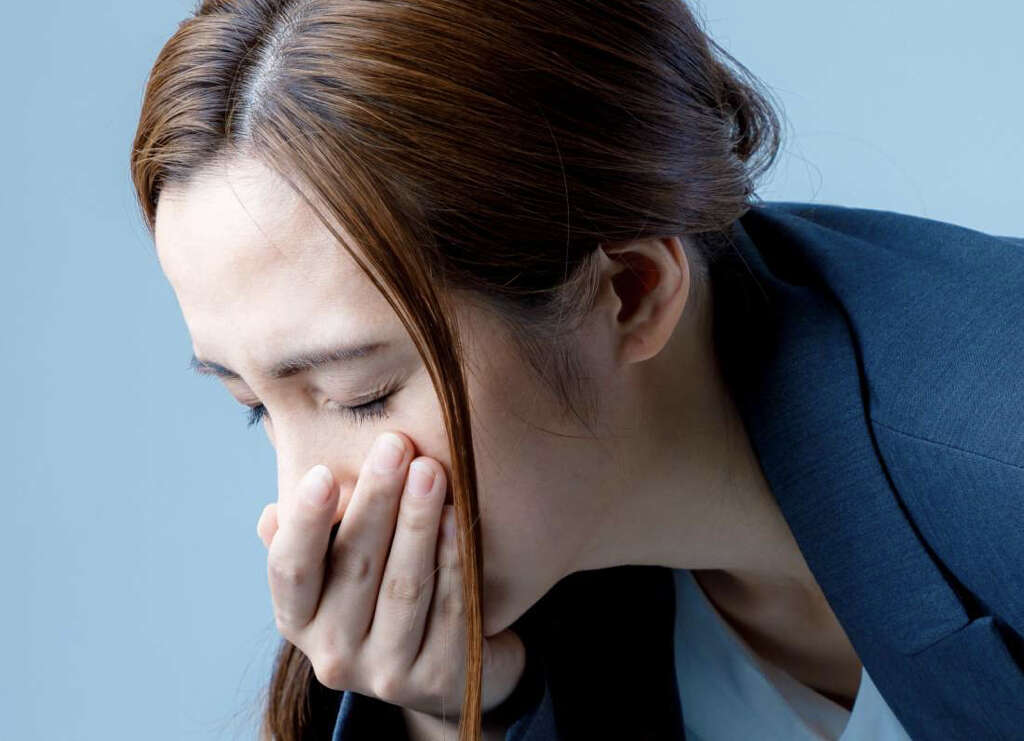
Symptom #5: Bulge
A bulge is one of the common presenting complains in patients with a hernia. In an umbilical hernia, the neck or ring is often small. Due to the location of the hernia, the bulge or protrusion often contains the small intestine or abdominal fat. This bulge can be pushed back using gentle pressure. In some cases, it may decrease in size or disappear when the individual lies down.
Upon waking up, the bulge may gradually increase in size throughout the day, especially during activities where there is increased intra-abdominal pressure such as bending over, straining, lifting, or coughing.
Symptom #6: Fever
Fever, or pyrexia, is a febrile response where the temperature rises beyond the normal range. It occurs as the body’s set point in temperature increases, causing the body to generate and conserve heat. To generate heat, the muscles in the body starts to contract repetitively (resulting in rigors) and a feeling of coldness (chills) occurs.
A fever can occur in various conditions such as bacterial, viral, or fungal infections, the common cold, and appendicitis. A fever can also be seen in an umbilical hernia that is incarcerated or strangulated. This means that there is prolonged compromise in the blood flow of the contents lodged in the hernia. This is usually an emergency and surgery is often required.

Symptom #7: Tachycardia
Tachycardia refers to an excessively fast heart rate. Generally, a heart rate that is more than 100 beats per minute is considered as tachycardia. Tachycardia can occur for various reasons such as stress, anxiety, emotional turmoil, fever, adrenergic storm, consumption of alcohol, substance abuse, caffeine, atrial fibrillation, and exercise.
When tachycardia occurs in a patient with an umbilical hernia, it may indicate that there is severe pain, strangulation of hernia contents, or incarceration. It is a symptom that should warrant concern and these individuals should seek medical attention as soon as possible.
Symptom #8: Inability to Pass Gas or Stools
The inability to pass gas or stools can be very distressing. Daily activities such as drinking and eating means that we consume some amount of gas. Coupled with the food intake, which is then digested and broken down by the bacteria in the gastrointestinal tract, more gas is produced.
When a patient is unable to pass gas or stools, it can lead to extreme pain, discomfort, and abdominal distension. When this occurs in an umbilical hernia patient, it should be suspected that part of the bowel in the hernia is strangulated. This is also a major concern and medical attention should be sought as soon as possible.
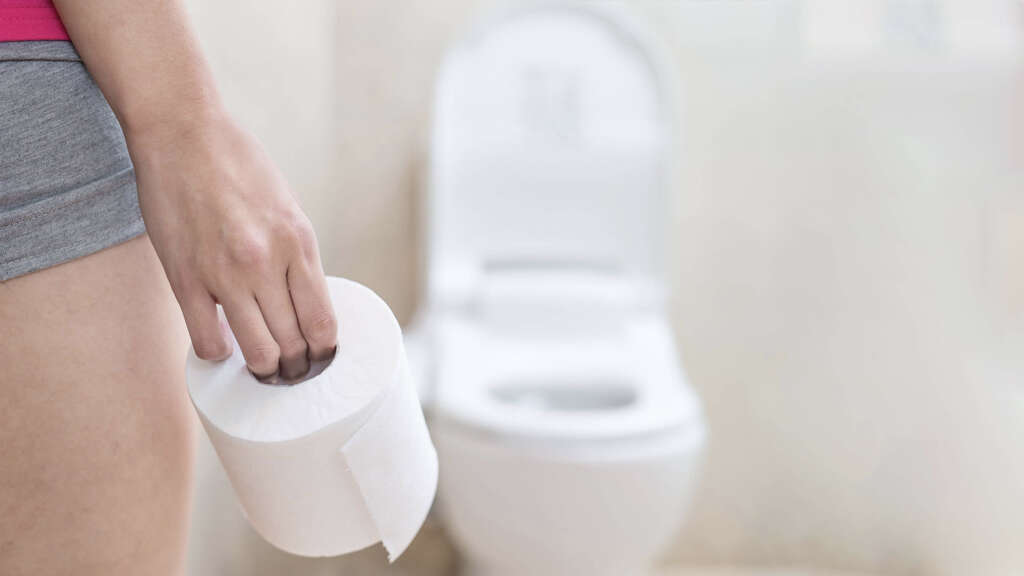
Symptom #9: Diarrhea
Diarrhea can be defined as having three or more loose bowel movements a day. It usually lasts several days and can, in severe cases, result in dehydration. Dehydration can lead to decreased urination, tachycardia, loss of skin color, altered consciousness, and headaches.
In most cases, diarrhea is caused by infection of the intestines by bacteria, viruses, or parasites. However, in an umbilical hernia, diarrhea can also occur especially when the hernia is strangulated. This can be further confirmed by the deep purplish or red color of the bulge along with severe pain, nausea, and vomiting. Strangulated hernias are considered to be an emergency.
Symptom #10: Skin Changes
In an umbilical hernia, when there is excessive pressure placed on the bulge, there are several skin changes that are noticeable. For example, when the hernia is strangulated, the skin appears reddish and purplish. Like strangulation, high pressure on the hernia can cause the skin to appear hypertrophic, hyperpigmented, and papyraceous.
While umbilical hernias generally have little to no symptoms, when the patient notices changes on the skin on the hernia or discoloration, it is best to seek medical attention when possible.






